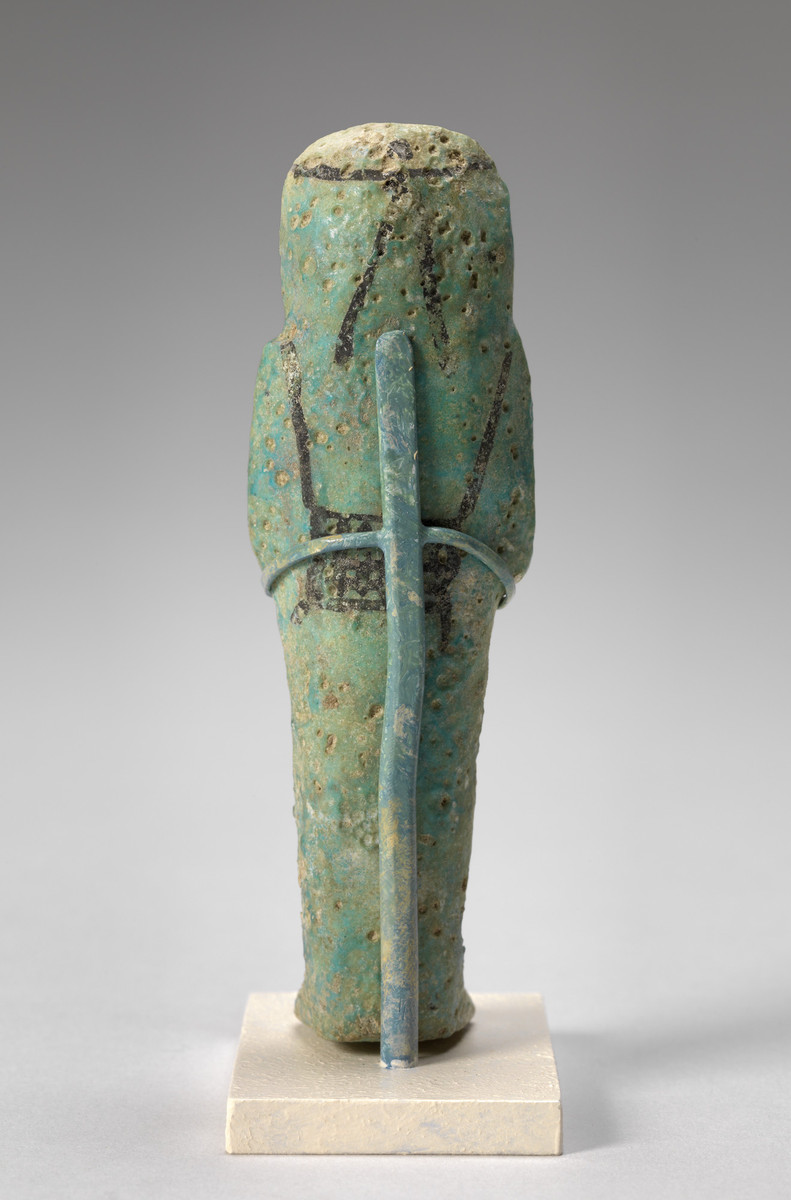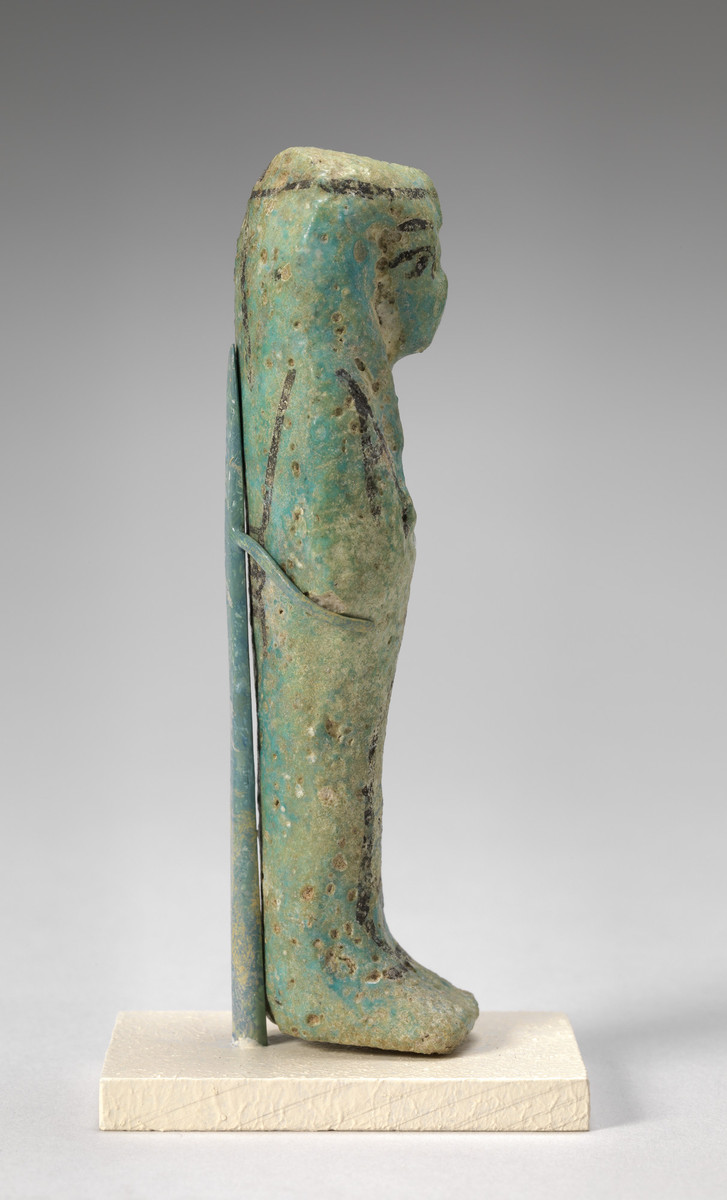On View
Unknown
Egyptian
Place made: Africa; Asia; Egypt
Shabti of the Divine Adoratress Kedmerout, 945-712 BCE (Third Intermediate Period, Dynasty 22)
Overall: 4 1/4 in x 1 3/8 in x 2 1/16 in; 10.8 cm x 3.5 cm x 5.2 cm
Gift of the Egypt Exploration Fund
MH 1910.9.4.A.K

 GIVE
GIVE


